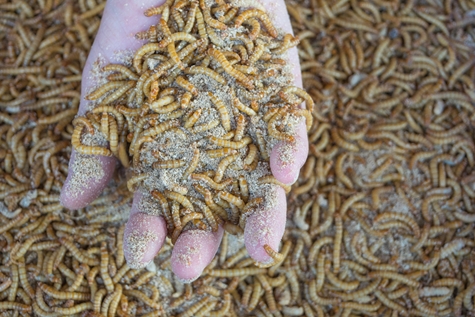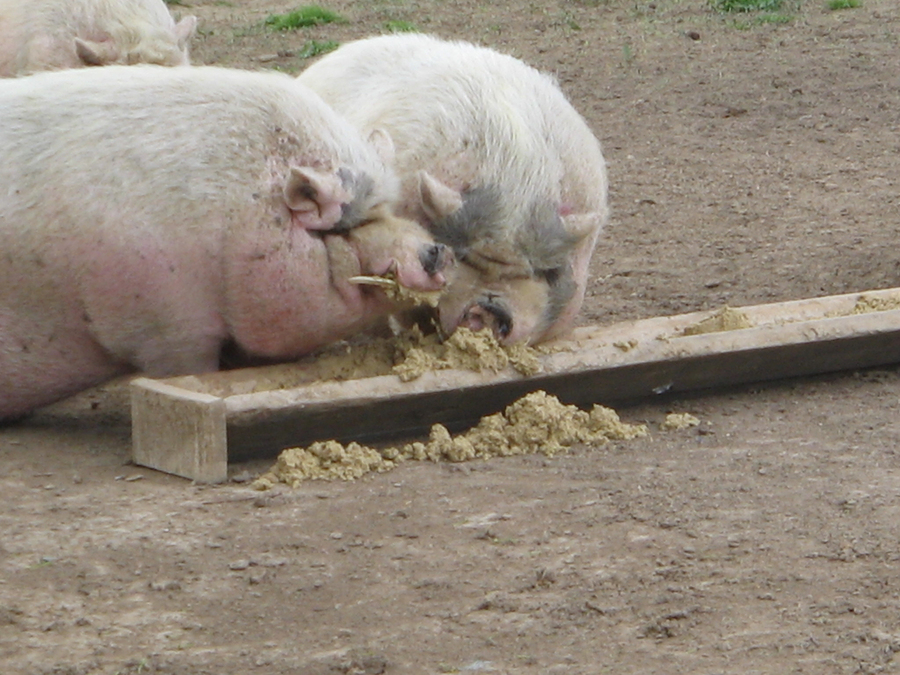Are You Really In Control Of Your Facility’s Pest Control?
By Jim Fredericks
Food processors and packagers are faced with an array of challenges regarding pest control, and there are many reasons pests are innately drawn to and infiltrate food plants. Unfortunately, basic cleaning operations can accidentally interfere with in-house control efforts.
Hazards Posed by Produce and Stored Product Pests
The most common pests to plague food processing and manufacturing facilities are rodents, flies, cockroaches, and stored product pests – all of which have the ability to cause widespread illness outbreaks, or adulterate food. These types of facilities provide food, water and concealed spots for nesting, so managers of food processing and storage facilities must be fully aware of the hazards posed by each pest, in order to mitigate their effects.
If they don’t, the ramifications of unsanitary conditions, coupled with disease-carrying pests could be ruinous.
Rodents: Rodents present the biggest problem in food processing and storage facilities due to the quick accumulation of excrement, which spreads bacteria such as hantavirus and Salmonella. In addition to health risks, rodents also cause expensive damage and may even pose a fire hazard due to their ability to chew through wallboard, cardboard, wood and electrical wiring.
Flies: The common house fly breeds in moist or decaying garbage or excrement, and has been found to carry more than 100 kinds of disease-causing germs, including Salmonella and Listeria.
Cockroaches: Cockroaches are known to spread at least 33 different kinds of bacteria, six parasitic worms, and at least seven other kinds of human pathogens by picking up germs and debris on their legs while crawling through sewage and debris.
Stored Product Pests: Indian meal moths, flour beetles and weevils can contaminate food by leaving body parts and cast skins inside food products, or by being accidentally ground up and swept into food products in the manufacturing process. Live bugs are also able to infest flour, grains and cereals.
Implications of Safer Food Handling
By developing a strong pest management program facilities can achieve the benefits of operating at their safest, and ultimately most cost-efficient production levels.
To comply with the Food Safety Modernization Act (FSMA), the best method for pest control in food facilities is to follow an Integrated Pest Management program (IPM), whereby facility managers and pest management professionals collaborate in the identification of pest hot spots, proper sanitation practices, and pest prevention procedures. Working with a pest management professional is essential, as they have the training and experience to overcome the most difficult pest problems, and can help food handling facilities adhere to the strict and ever-changing regulations that ensure food safety.
Pest Management Best Practices for Food Plants
Pest infestations that arise after companies forgo proactive prevention measures tend to be more difficult to control, and they cost more to treat, than would be the case had a prevention program been developed. In addition to enacting an IPM program, here are some steps food processing and packaging facilities can take to mitigate pest-related issues:
- Ensure the facility has adequate waste management systems inside and outside.
- Seal all pest entry points around pipes, the foundation, loading docks and others.
- Institute a “no-prop” door policy for employees.
- Install a gravel or rock perimeter around the facility to discourage vegetation growth that could invite and harbor pests.
- Maintain an 18-inch inspection aisle inside the facility.
- Eliminate clutter that pests could hide and nest in.
- Assess the type of outdoor lighting used.
- Perform regular inspections of storage areas, equipment, drop ceilings, processing areas, locker rooms, windows and ventilation and laboratories for signs of insect or rodent infestations.
- Partner with a qualified and licensed pest control professional to develop a proactive pest management plan. Choose a firm with experience in servicing commercial facilities.
With the demand for pure, wholesome goods on the rise, facilities are being held to increasingly higher standards when it comes to pest management and safety. As such, they must be able to quickly adapt to the continuously evolving world of pest management in order to employ the top methods known today. If they don’t, the ramifications of unsanitary conditions, coupled with disease-carrying pests could be ruinous.
About the Author
Jim Fredericks, Ph.D., is chief entomologist and vice president of technical and regulatory affairs for the National Pest Management Association (NPMA).

-
 FeaturedRisk management
The Cost of a Breach: What a Cyberattack Could Mean for Food Safety Recalls
FeaturedRisk management
The Cost of a Breach: What a Cyberattack Could Mean for Food Safety Recalls
-
 FeaturedRisk management
Securing the Food Chain: How ISO/IEC 27001 Strengthens Cybersecurity
FeaturedRisk management
Securing the Food Chain: How ISO/IEC 27001 Strengthens Cybersecurity
-
 FeaturedRisk management
Revolutionizing Food Safety Training: Breaking Out of the “Check-the-Box” Mentality
FeaturedRisk management
Revolutionizing Food Safety Training: Breaking Out of the “Check-the-Box” Mentality
-
 GFSI Standards
GFSI 2025: Building Trust, Tech-Forward Solutions, and Global Unity in Food Safety
GFSI Standards
GFSI 2025: Building Trust, Tech-Forward Solutions, and Global Unity in Food Safety
-
 FeaturedFood Safety
Integrated Pest Management: Strategies to Protect Your Brand’s Reputation
FeaturedFood Safety
Integrated Pest Management: Strategies to Protect Your Brand’s Reputation
-
 FeaturedFood Safety Culture & Training
No Open Door Policy: Challenges That Impact Pest Control in Food Processing Plants
FeaturedFood Safety Culture & Training
No Open Door Policy: Challenges That Impact Pest Control in Food Processing Plants




